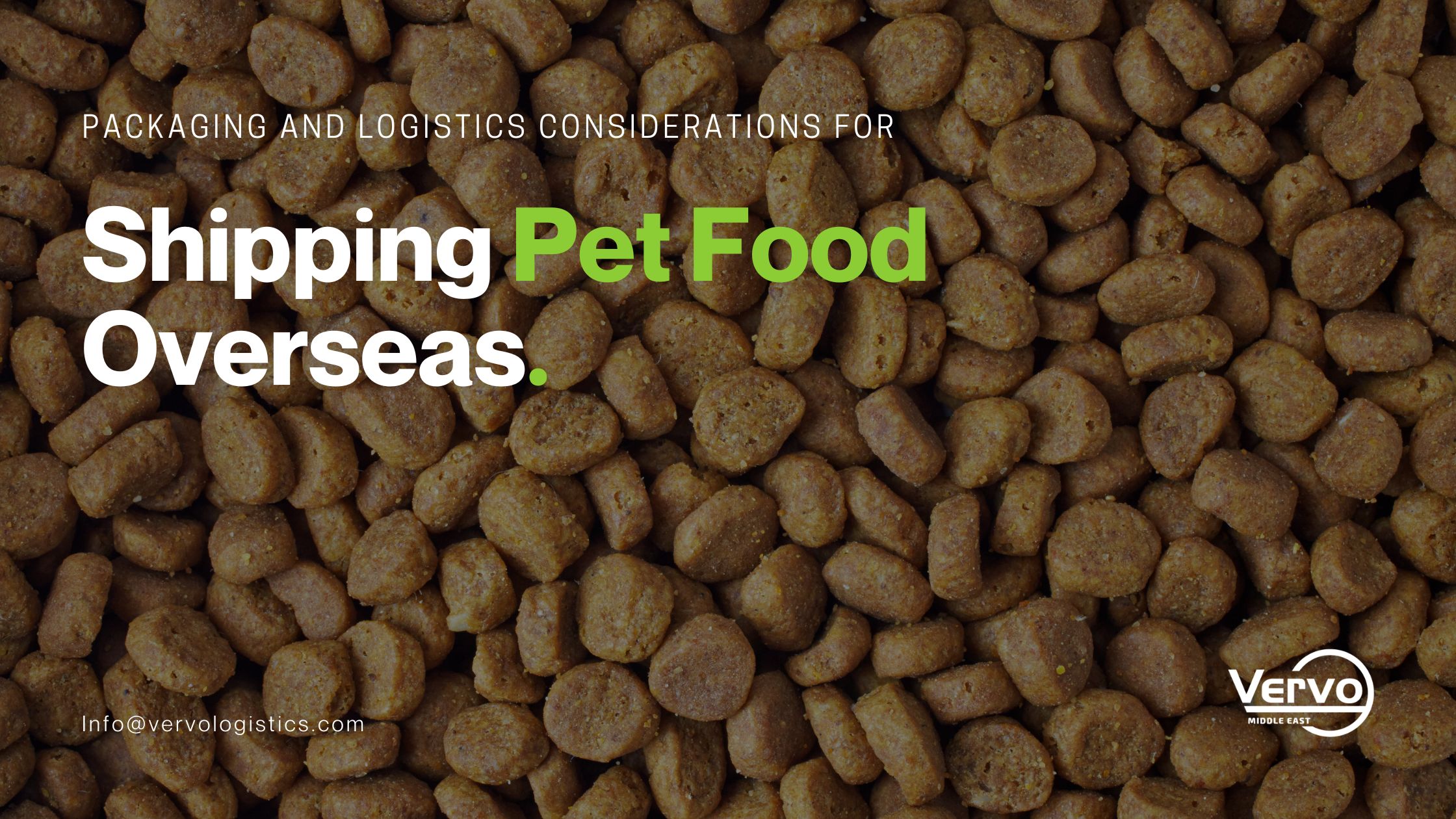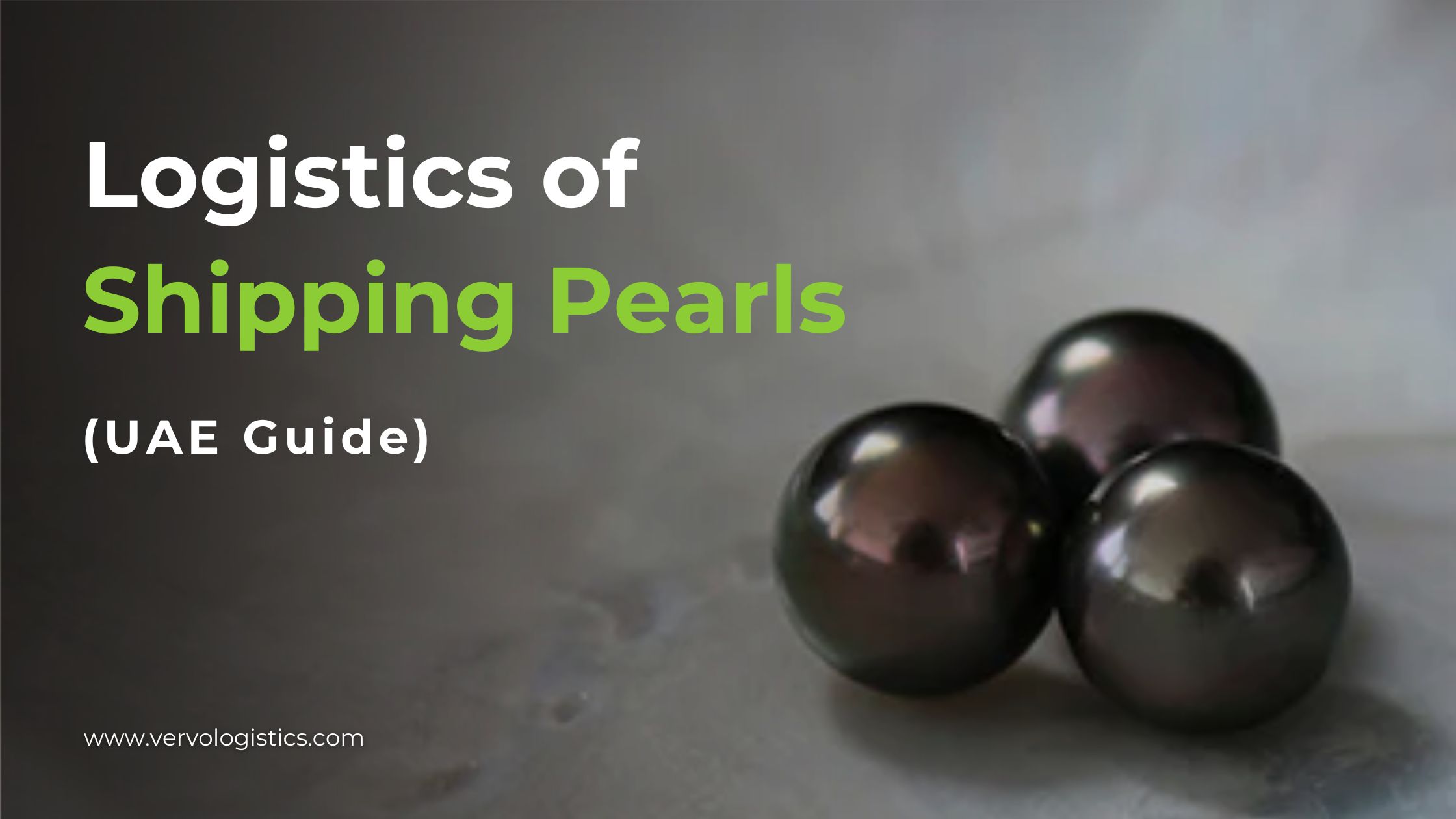Pet food comes in various forms, the most popular ones are dry and wet. Each type requires distinct packaging and logistics considerations when shipped overseas. Here is a quick overview of key factors to maintain safety, quality, and integrity of dry and wet pet food in transit
Dry Pet Food: Packaging and Logistics
Because dry pet food is kibble or biscuits with very low moisture content, packaging aims to keep it dry and prevent moisture absorption throughout its journey to the final destination - our best friends' plates.
- Packaging Considerations for Dry Pet Food:
For dry food, the most important factor is moisture control. Packaging must prevent moisture ingress to maintain dryness and prevent spoilage. Some types of dry pet food might require breathable packaging to maintain freshness. Also, options for packaging in bulk or large quantities (e.g., big bags or totes) facilitate easier transportation.
We use multi-wall paper bags, poly bags, or sack kraft bags to allow airflow while preventing moisture ingress. Bags should be FDA-approved for direct food contact. Foil pouches or bags with moisture-resistant plastic liners provide an additional barrier against humidity. Metalized polyester films also minimize moisture transmission. For some dry food types, oxygen scavengers and vacuum sealing prevent oxidation and preserve quality.
We make sure that bags have sturdy stitching, heat seals, or adhesive closures to prevent splitting open during transit. Zipper closures are also an option. Additionally, tamper-evident seals safeguard food safety and alert to opened or damaged packages.
- Logistics Considerations for Dry Pet Food:
Pallets and stretch wrapping provide stability and prevent damage to bags during shipping and warehousing. Shipping in climate-controlled containers helps maintain cool, dry conditions in hot or humid weather. There are conditions under which temperature-controlled shipping might still be necessary:
✅ Some high-quality dry foods that contain higher levels of fats and oils can become rancid if exposed to high temperatures for extended periods. Temperature control can help maintain the integrity of these fats.
✅ Dry pet food needs to be kept dry and cool to prevent the growth of mold or bacteria. In humid climates or during hot weather, temperature-controlled environments can help prevent the product from absorbing moisture from the air.
✅ If the transit time is long, especially when shipping internationally or through varied climate zones, using a temperature-controlled environment can help ensure the food remains stable and doesn’t degrade.
Before loading we test bag durability and performance under compression, vibration, dropping, and stacking to ensure it withstands transit stresses. Our role is to ensure that bag weights and dimensions optimize pallet space utilization. We monitor temperature and humidity throughout the journey to prevent moisture absorption.
Proper classification of dry pet food products is important for customs clearance and compliance with regulations. Dry pet food is typically classified under NMFC Item 10190. While freight class ranges from 55 to 100 depending on density, packaging, etc. Lower-density foods have higher classes. The general HS Code is 2309.10. It can be further classified as 2309.10.10 for dog food and 2309.10.20 for cat food.
Wet Pet Food: Packaging and Logistics
Wet pet food, unlike dry pet food, has high moisture content and requires stringent controls to prevent spoilage. Refrigeration is often necessary.
- Packaging Considerations for Wet Pet Food:
For wet food, the most important factor is leak prevention. We ensure that the packaging is robust enough to prevent leaks, which can lead to product loss and contamination. Another important factor is temperature sensitivity. We decide if the wet food cargo has to be shipped temperature-controlled or not based on the food ingredients and the packaging.
Cans and retort pouches containing wet pet food must be protected from punctures, leaks, and temperature fluctuations during transit, although retort pouches can withstand high temperatures, it is a best practice to keep the cargo protected from fluctuations.
Shrink wrapping or stretch wrapping trays of canned food help stabilize the cans and prevent punctures or abrasions. Padded boxes or liners can be used when shipping pouches to cushion them from impacts during handling. For lightweight items like retort pouches, we bag or box them and stack them on pallets for stability.
Overpackaging with a secondary box provides additional protection. Tamper-evident seals, zipper re-closures, and handles can be also used. Air cushions or crumpled paper can be used as padding. Insulated shippers containing gel packs, phase change materials, or polyurethane foam help maintain cool temperatures if needed, especially for smaller packages.
We palletize and secure multiple boxes or packages together to prevent shifting during transport; as said previously, stretch wrapping stabilizes pallet loads. Labeling boxes clearly as "Keep Cool" helps ensure proper handling, storage, and priority loading during shipping. We keep the cargo conditions monitored and logged along the way to identify any deviations from ideal storage conditions.
- Logistics Considerations for Wet Pet Food:
When shipping wet pet food by air, we must verify packaging can withstand pressure changes. Also, we clearly indicate refrigeration requirements and shelf life on labels to ensure proper handling. While not all wet food requires refrigeration, all wet pet food generally requires more stringent temperature control due to its moisture content and preservation needs, why?
Wet pet food can spoil more easily because it often contains higher levels of proteins and moisture. Maintaining a cooler temperature can prevent or slow down the growth of microbes. Additionally, some wet foods might separate or degrade if exposed to higher temperatures, affecting their texture, taste, and nutritional value.
Maintaining an unbroken freight from origin to destination when refrigerated transport is needed is essential along with planning for minimal delays to prevent microbial growth. Shipping in insulated containers with ice packs or gel packs helps maintain temperatures, especially for smaller packages. Again, when refrigeration is required, we must pre-cool warehousing areas and trucks to proper temperatures before loading any wet pet food products.
So, overall the logistics planning must account for product sensitivities per the ingredients, climate conditions, transit routes, and local regulations when selecting optimal packaging and handling methods.
Like dry pet food, proper classification of wet pet food products is also important for customs clearance and compliance with regulations. In some cases, wet pet food falls under grocery item codes instead of pet food codes due to high moisture content. Freight class is similar to dry food or slightly higher due to handling needs and spoilage risks. The general HS Code is also 2309.10 but can be further detailed based on specific ingredients, packaging, and preservation methods.
Compliance and Regulation When Importing Pet Food to the UAE
Importing pet food, whether dry or wet food, into the UAE, requires regulatory compliance with certain rules. The key requirements include:
✅ Registration: All pet food products must be registered with the Dubai Municipality. This involves obtaining a product registration certificate, which is necessary for clearing shipments. The registration ensures the product meets the UAE's standards for quality, safety, and nutritional content.
✅ Documentation: The required documents for registration include the following,
- Product label with detailed information about ingredients, storage conditions, and usage instructions.
- Product image showing the packaging.
- Free Sale Certificate from the country of origin.
- Manufacturer’s certificate stating the product is free from harmful substances.
- Certificates for products containing animal protein and GMOs, if applicable.
✅ Label Requirements: Labels must include the following,
- Trade name, ingredients, quantities, targeted animal types, manufacturer’s details, storage conditions, and usage instructions.
- Contraindications, warnings, and any withdrawal periods.
- Information should be in both Arabic and English.
- Safety and Compliance: The Dubai Municipality conducts reviews and laboratory tests on product samples to ensure compliance with safety and quality standards. Regular inspections are carried out to ensure ongoing compliance.
✅ Licensing: Companies involved in the import, manufacture, and sale of pet food must obtain proper licenses related to pet and animal products. This includes complying with the Gulf Cooperation Council (GCC) standards for pet food.
Shipping Pet Food Services in the UAE
Need help moving pet food imports into the UAE or any other country? Vervo Middle East covers over 120 countries worldwide with a strong presence in the EU region, our logistics team takes care of the whole process including packaging, loading, unloading, customs clearance, and final delivery. We also offer warehousing solutions and retail distribution across the Middle East, as needed. For a free customized quote, describe your cargo type, weight, loading and unloading locations, and logistics services required. Send your cargo details today to




